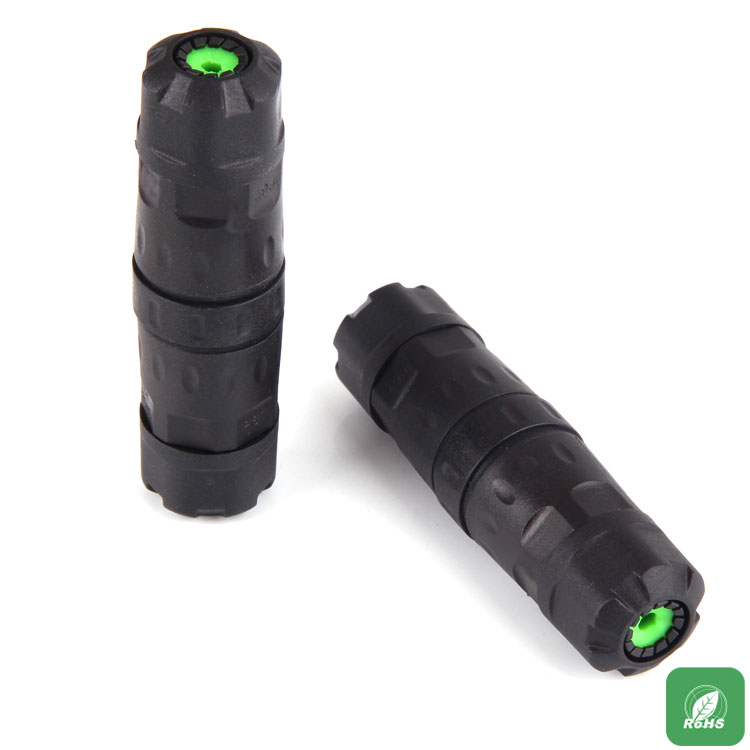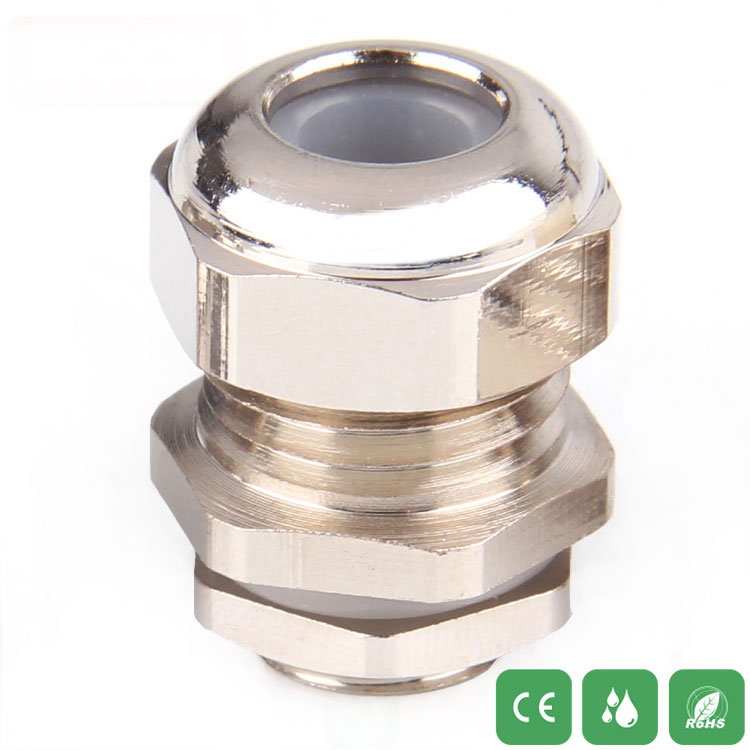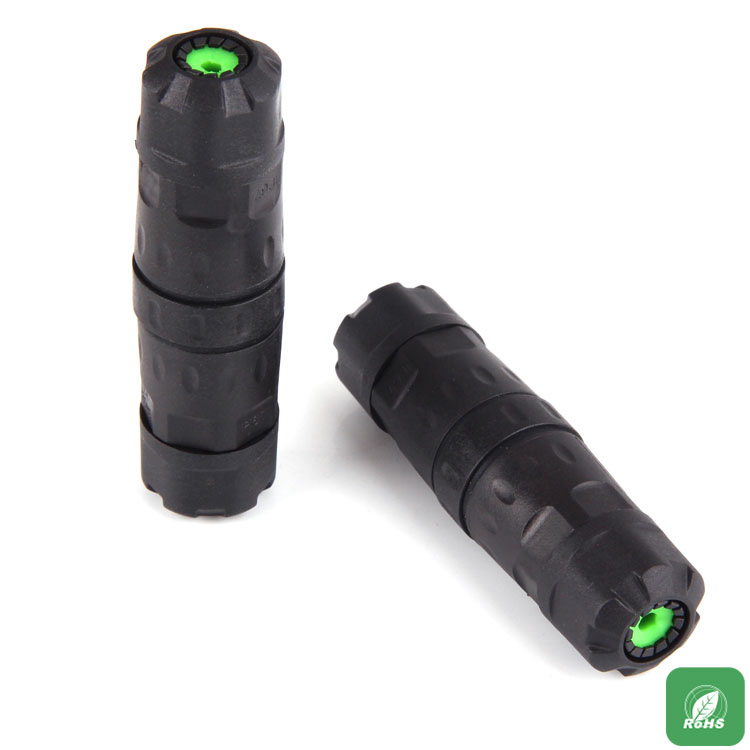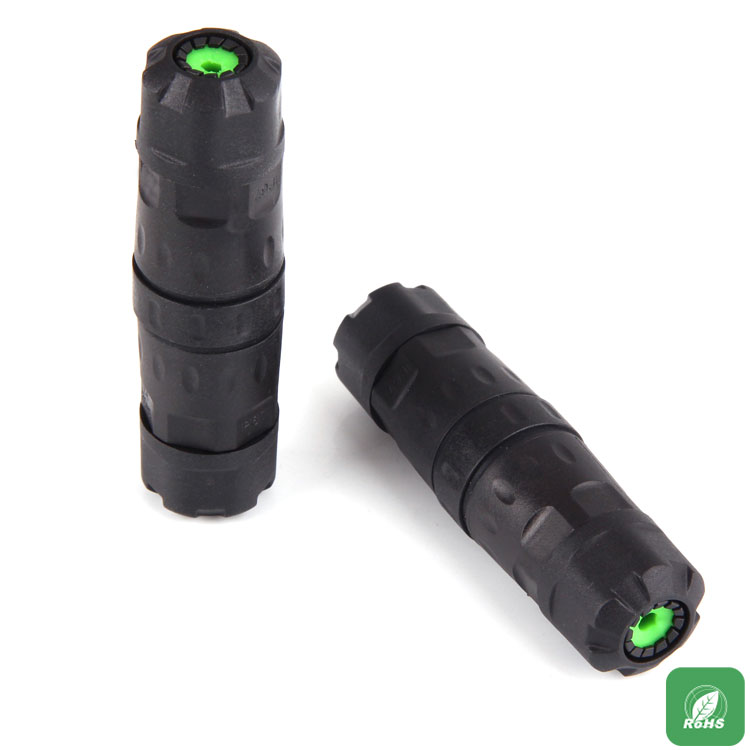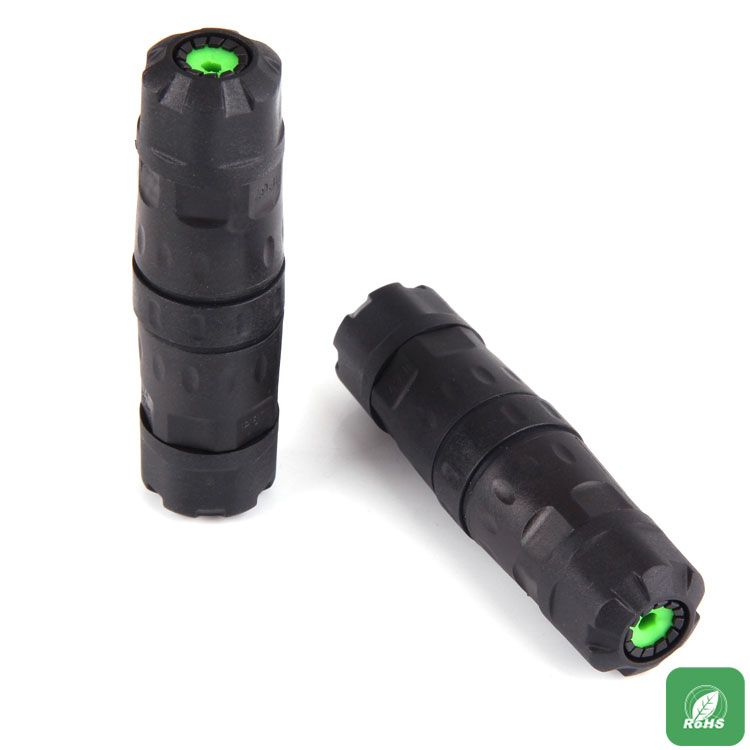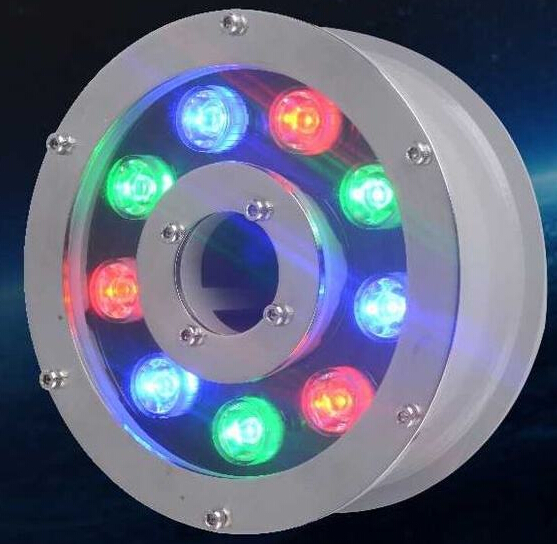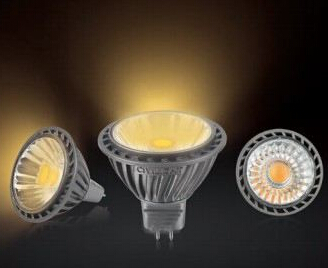Most of us want our efforts to be rewarded, while others may prefer to get something for nothing. These two situations rarely occur at the same time, but LED lighting is possible to achieve this. As we all know, LED power consumption is low, which means that switching from almost any other form of lighting to LEDs will save money at no cost. Its "add-on" feature is that because you use less energy to light up your home or office, it can also help the environment.
From a consumer perspective, LEDs provide a rewarding environment and money, and if you look at it from another angle, it's like getting something for nothing (not including initial spending). But is it really that simple? In theory, it should be, but the reality is that your savings may vary, depending on how efficient your LED is to convert AC to DC. This is not what consumers usually look at. We can think that the market is still immature and not very concerned about it. But in reality, this is just a matter of making problems for the future.

Of course, legislation requires that LEDs, like any other form of illumination, must comply with certain power factor correction (PFC) specifications. In addition, total harmonic distortion (THD) is becoming more and more important. Manufacturers need to develop solutions that meet regional mandates, but the extent to which these programs meet these requirements will determine the total power consumption that consumers can expect to save. In order to make it more difficult for manufacturers to conduct business in multiple regions, these specifications are not consistent across the world. What is tolerable in one area may be incompatible in another, which means that the original equipment manufacturer (OEM) either needs to develop a solution for multiple specific areas or standardize a solution that meets multiple specifications.
In the absence of a “universal” solution, OEMs may choose to offer different designs optimized for each region, or simply abandon certain markets. Neither of these options is ideal because the first option leads to more complex builds and bills of materials (BOM), while the second option closes potentially valuable sales channels. What manufacturers really need is to provide a solution to meet the requirements of multiple regions without compromising the cost disadvantages of their core markets. In fact, we can almost say that they hope that they can get something with their efforts, and they will get it without paying the price.
There are many power supply topologies for LEDs, some better than others. At the same time, this may indicate that the market is still relatively immature and there is no one-size-fits-all solution. For example, size and heat dissipation are critical for solutions that need to fit within an existing bulb. In these relatively low power applications (less than 100 W), a single-stage converter is sufficient, and the preferred solution is primary-side rectification (PSR) because it supports the use of smaller winding devices. Our goal is to make a complete solution, including power rectification, conversion, regulation and LEDs, to the size of a traditional bulb. This means that the replacement LED can be plugged directly into the existing lighting fixture without any further modifications, giving the consumer the best possible user experience.
In fact, the converter combines three modes: use CrM when the load exceeds 80%, use the valley mode when the load is lower than 80%, and use the frequency to return when the load is extremely low (such as standby mode). This results in a PFC of over 0.95 and a THD of less than 10%, making one design suitable for multiple markets.
It's hard for us to get it without paying the price, but with the right LED controller, it's possible to use a single solution to meet the needs of different markets, or to get it at no cost.
















 RCCN WeChat QrCode
RCCN WeChat QrCode Mobile WebSite
Mobile WebSite